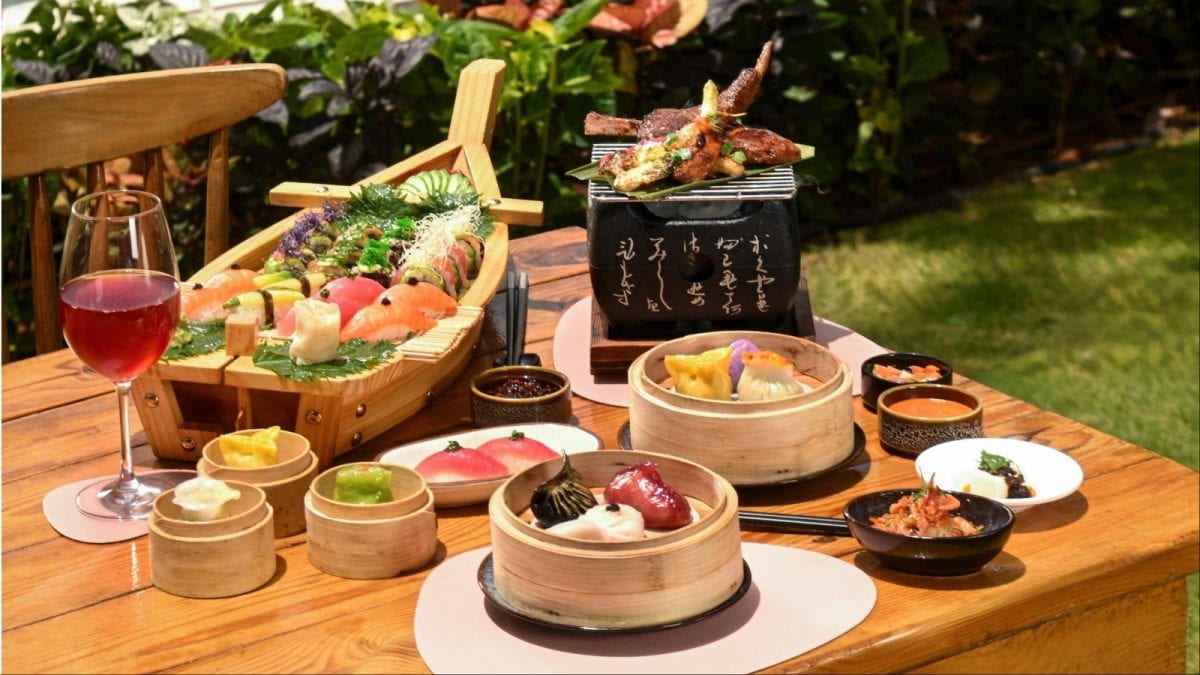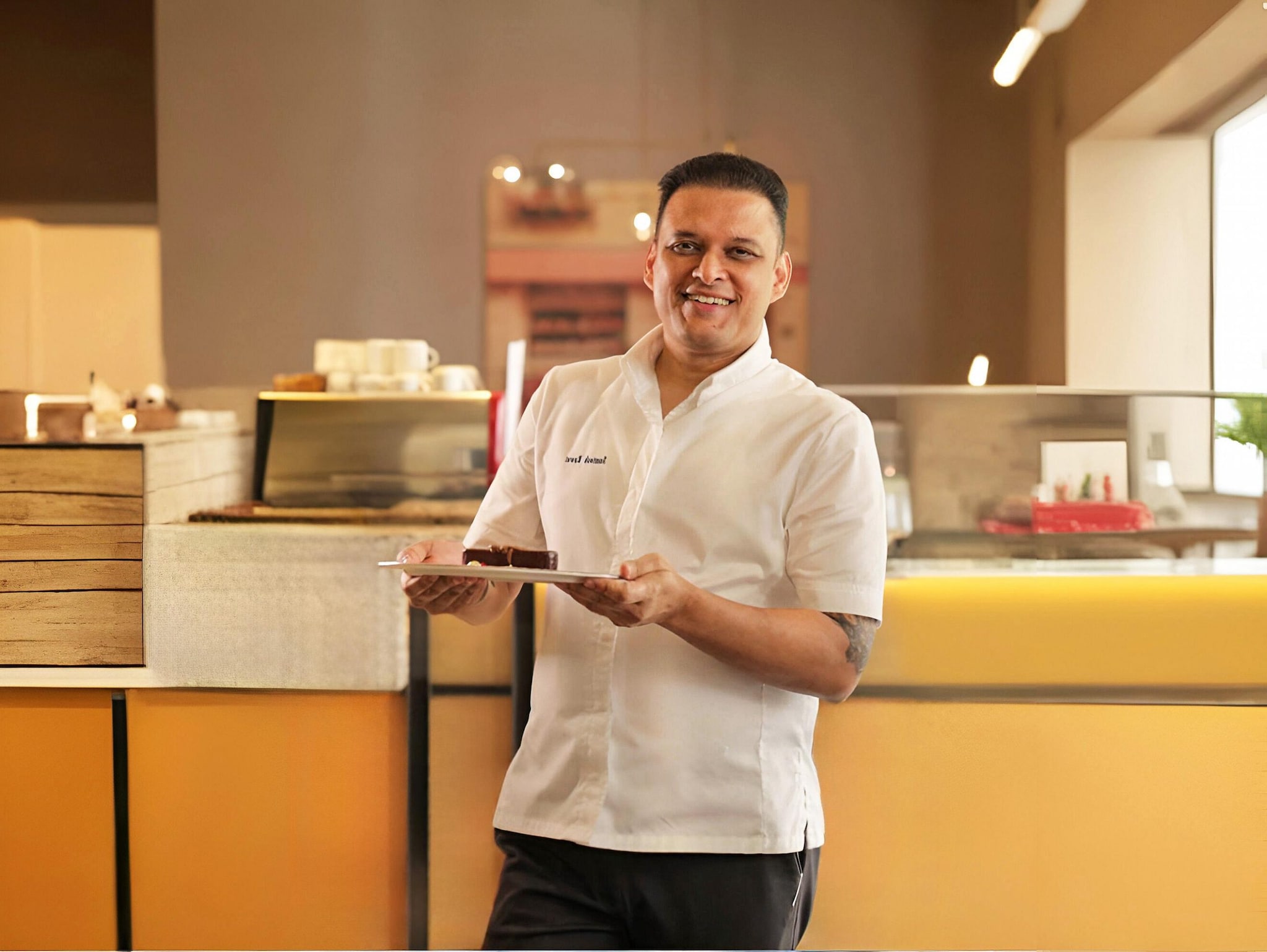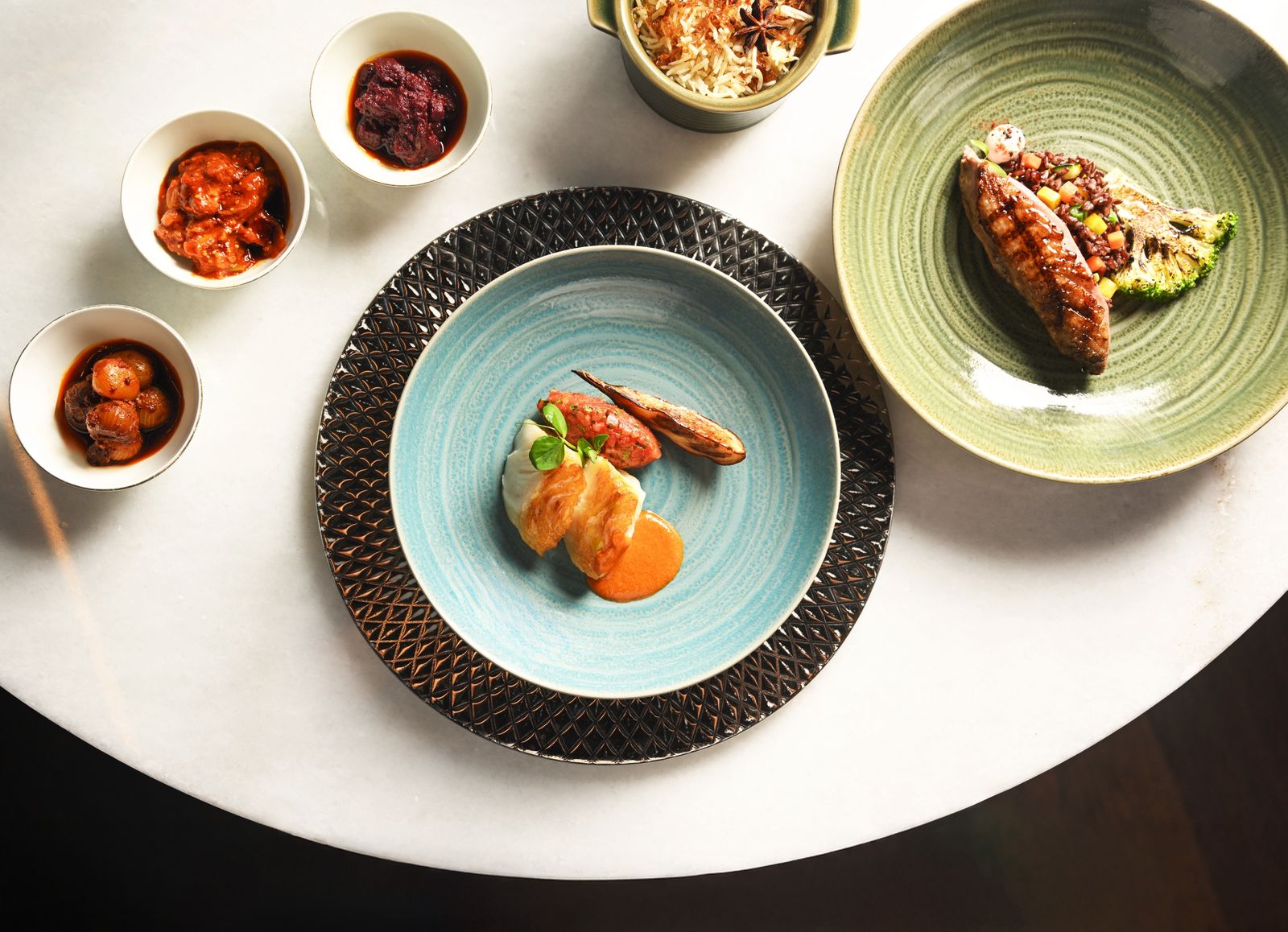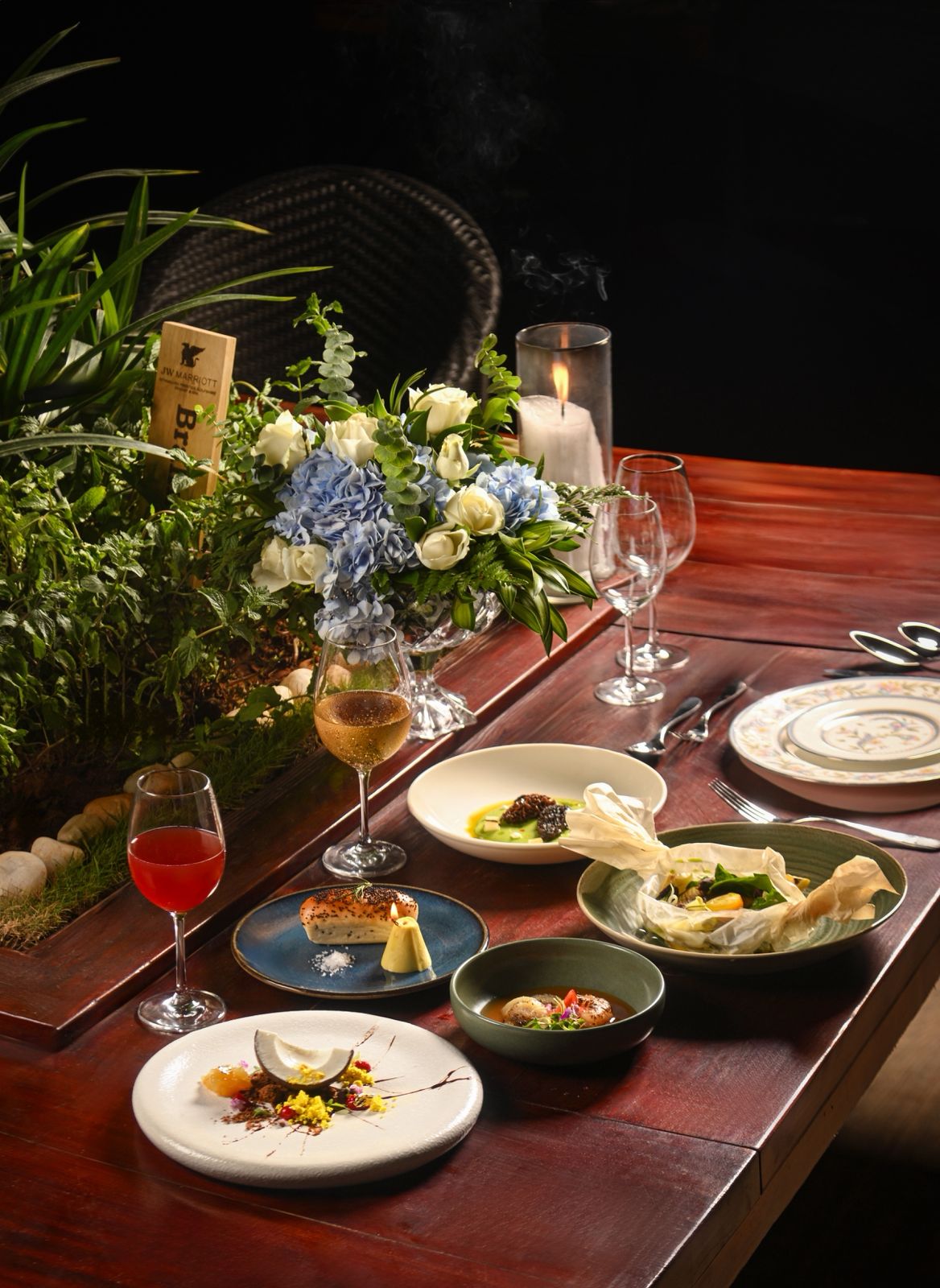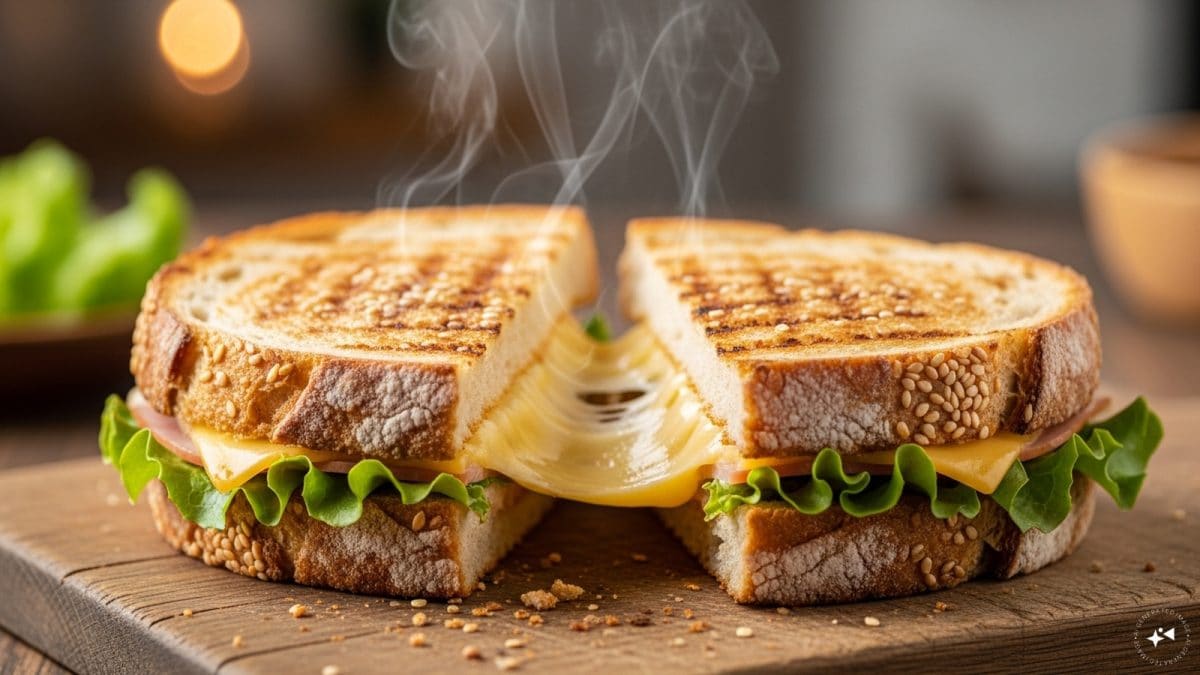Last Updated:
At JW Marriott’s Luxury Dining Series, food became philosophy. Over four days, chefs showed how dining transforms when stripped of excess and rooted deeply in story and memory.

The experience focused on simplicity, resonance, and reviving nearly-lost tastes.
The road to Prestige Golfshire rises in slow, curling bends, where the city begins to fall away and the hills take over. The air thins, light bends differently, and for a moment, Bengaluru feels less like a metropolis and more like a memory of one. This was the chosen stage for JW Marriott’s Luxury Dining Series – a four-day meditation on what dining can mean when stripped of ornament and anchored in story.
Perched above the city, with Nandi Hills leaning into the horizon and a lake mirroring the sky, the setting felt cinematic yet contemplative. Guests arrived to an atmosphere of stillness, where fog clung to the water and hills. The sense was clear: this was a dinner not about excess, but presence.
The Luxury Dining Series itself is a multi-city culinary journey across Asia-Pacific, each host property offering a unique interpretation of heritage, sustainability, and story. At Prestige Golfshire, the theme was “Forgotten Flavours” – an invitation to rediscover traditions through a contemporary lens, told over four evenings that unfolded like chapters.
Here, the resort’s chefs and collaborators shaped the narrative through five distinct experiences: ‘Daawat-e-Aaleeshan,’ a regal Awadhi feast carrying forward four generations of legacy; ‘Garden Soirée,’ where ingredients from the JW Garden found playful expression under open skies; ‘Brunch by the Lake,’ expansive and cross-cultural; ‘Shaken & Stirred,’ a cocktail evening that stretched between Bengaluru and Ginza; and finally, the ‘Five Elements Dinner,’ a contemplative progression through earth, fire, wind, air, and space.
At its helm were chefs Neeraj Rawoot, Riyaz Ahmed, Saiful Agam, Vu Van Thien, and Santosh Rawat — a collective of culinary voices whose combined expertise shaped the journey through forgotten flavours and elemental dining.
The Five Elements on a Plate
Across four days, meals unfolded as narratives rather than courses. The crescendo came with the Five Elements Dinner, where chefs interpreted Earth, Fire, Wind, Air, and Space as edible forms.
Earth grounded the menu in roots and grains, honest and unembellished. Fire revealed itself in smoky meats and charred citrus. Wind and Air arrived in delicate foams, whisper-light textures, and fleeting aromas. While Space came in abstractions, delicate, ephemeral, leaving space for imagination.
The framework was simple but daring: to cook not just for appetite, but to translate philosophy onto the plate.
A Dessert as Memory
The most resonant moment came in dessert. Chef Santosh Rawat placed before guests something that looked fragile, almost playful, a cloud of cotton candy veiling goat’s milk and bayberries, tethered by salted crumble. But beneath the eccentricity was biography, a walk through memory lane.
“When I was a child in Uttarakhand, I tasted sheep’s milk only once. And the bayberries grew wild there. Those flavours disappeared from my life,” he told me quietly. “I wanted to bring them back, just for a moment.”
His dish was not just a plate; it was intimate storytelling. The dessert unfolded like our sweet and sour memories: fleeting, anchored by a salt crumble that grounded nostalgia in the present. The plate dissolved quickly, as if by design. A reminder that some luxuries live not in permanence but in their vanishing.
But Rawat was quick to point out that storytelling, rather than embellishment, is what lasts. “A gilded plate may not always tell. A story is what attaches you to the guest. Luxury dining is about experiences, but you cannot overlook your cuisine. My philosophy is simple: do simple things well.”
His dessert may have been plated for the guests, but it was, he admitted, also for himself. A taste retrieved from childhood, now refracted through the lens of fine dining.
Cocktails in Counterpoint
If the food traced memory, the cocktails created dialogue. Simone, flown in from Europe, treated each glass as a vignette. No theatrics, no smoke bombs – only restraint. A mezcal softened with elderflower became a meditation on fire, while a clarified milk punch mirrored air in its lightness.
“Luxury today isn’t about abundance but about resonance,” Simone explained. “It’s how long a sip lingers, how it calls something forgotten to mind.”
His Indian counterpart, Kuldeep, described it as balance: “The drink must add, not compete. Too much sweetness or spectacle, and the story disappears. My role is to find the pause.”
Together, they built cocktails that listened to the food, to the silence, to the cadence of the evening.
Forgotten Flavours, Preserved
Threaded throughout the series was a revival of nearly-lost tastes: heirloom grains, forest herbs, and regional fruits. They arrived polished yet unmasked, offered as reminders of what modern dining often leaves behind.
For Rawat, this was central to the series. “Innovation matters,” he said, “but so does preservation. Bringing back forgotten flavours – that’s its own form of luxury.”
The Lingering Truth
In the end, what lingered was not spectacle but resonance: the silence after a bite, the recognition of something nearly forgotten, the sense that luxury lies less in grandeur than in memory’s quiet return.
As Simone put it, “It isn’t about how much you consume, but how deeply it stays with you.”
Perhaps that is the future of luxury dining — not louder gestures, but subtler ones. Flavours that vanish like breath yet refuse to leave.
- Location :
Delhi, India, India


